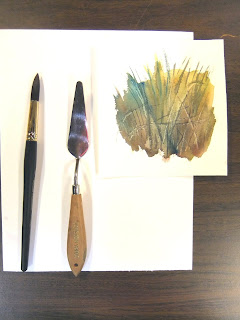Here is a brief picture history of the owlet at Charleston Falls.
Here is one of the parents sitting on the nest on March 6. According to the references I've checked the owlet probably was hatched by this time or hatched within the next day or two.
March 26 was a windy, chilly day and the owlet is huddling in the warmest corner. I expect that the parents were hunting food for it and for themselves. They hunt during the day as well as during the night.
By April 12, the owlet had grown a lot and was curious about the people looking at him. The feathers are developing and his/her breast shows the striped pattern of the adults.
I like this profile I took the same day.
Tom loaned me his camera so I could get closer photos. Here is the owlet on April 16. The wing feathers are noticable and so are bumps on its head where the "horns", really feathers, are pushing upward.
I returned with Tom's camera on April 19. Look at those big yellow eyes.
Yesterday, I went back again and this is what I found.
The Education staff who were working with a group of young children told Tom no one has seen the owlet since Friday.
However, I may go back again today.
The references I read say that owlets stay in the area until they can fly well. Sometimes the parents feed them on the ground and sometimes in nearby trees. The young are dependent on their parents for about five months.
Great Horned Owls eat a wide variety of mammals and birds. They are known to eat Skunks (Mephitis mephitis) which leads me to believe they may not have a good sense of smell.
They are the most comon large owl in North America and also are found in parts of South America. They are related to Eurasian eagle owl (Bubo bubo).
Be
2 hours ago




















































